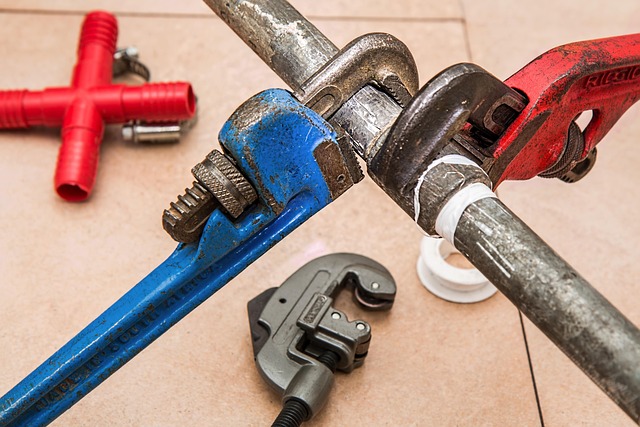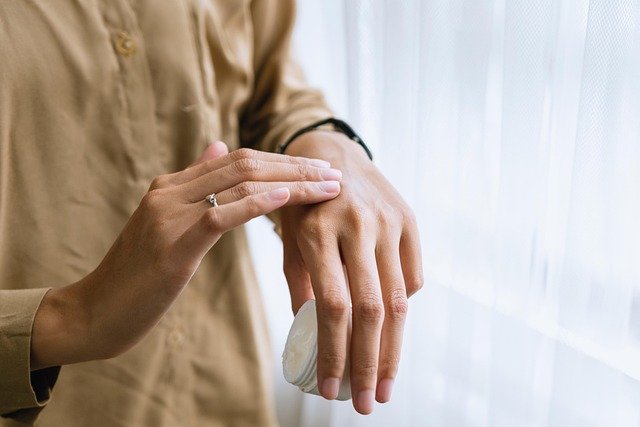Step-by-step guide to patching drywall for a smooth finish
Repairing damaged drywall can restore a room’s appearance and prevent further issues like moisture intrusion or degraded insulation. This guide explains step-by-step how to assess damage, prepare the area, apply proper patching techniques, and finish the surface so it blends with surrounding walls. It also connects drywall repair to broader home maintenance tasks and troubleshooting to help you plan repairs alongside painting, carpentry, plumbing, or electrical work when needed.

What drywall materials and tools are needed?
Gathering the right materials before you start keeps a repair efficient and tidy. Typical items include a utility knife, drywall saw or jab saw, drywall patch or a small piece of 1/2” drywall, joint compound (ready-mix or powder), drywall tape (paper or mesh), a putty knife (4” and 6”), sanding block or pole sander with fine-grit paper, drywall screws, and a drywall backing or patch kit for larger holes. Optional supplies that relate to other home systems include caulking for trim joints, insulation for exterior wall cavities, and basic protective gear like a dust mask and safety glasses.
Choosing the right tape and compound affects the finish. For hairline cracks use paper tape and a thin coat of compound; for holes, mesh patches and setting-type compound can speed the process. If the repair is near fixtures, electrical boxes, or plumbing lines, shut power or water to the area and consider consulting an electrician or plumber if work impacts those systems.
How to prepare and troubleshoot the damaged area?
Start by cleaning loose debris and cutting the damage into a regular shape—square or rectangle—so a replacement piece fits tightly. For small dents and nail pops, remove loose paper, sand lightly, and apply a single coat of compound. For larger holes, measure and cut a drywall patch to fit the opening. Troubleshooting common issues: if the drywall paper is bubbled or delaminated, cut out to solid material; if moisture caused the damage, identify and repair the source first (roof, gutters, plumbing, or insulation issues) before patching.
Inspect behind the hole for insulation or wiring. If insulation is disturbed, replace or re-seat it. If electrical or plumbing fixtures are close to the repair, manage them safely—turn off circuits and secure loose wiring or pipes. Addressing these items up front prevents repeat repairs and integrates the patch into broader maintenance tasks.
How to apply patch, tape, and joint compound?
For a solid backing on larger holes, install a wood support or use a drywall clip behind the patch. Screw the patch to the backing with drywall screws slightly recessed. Apply joint tape tightly over seams—paper tape requires a thin layer of compound beneath, while self-adhesive mesh can be applied directly. The first coat of joint compound should fill gaps and embed tape smoothly; feather the edges so the compound thins as it reaches the existing wall.
Allow the first coat to dry thoroughly before a light sanding. Apply a second, wider coat to further feather the edges and fill any low spots, then a third skim coat if necessary to achieve a seamless transition. Use progressively wider knives for each coat and keep compound layers as thin as possible to reduce sanding and cracking later.
How to sand and prime for painting?
Sanding is key to a smooth finish. Once compound is fully dry, sand with a fine-grit sanding block using gentle, even strokes until the repair is flush and blended with the wall. Avoid aggressive sanding that can damage tape or paper. After sanding, wipe the area with a damp cloth to remove dust and inspect under directional light to catch remaining imperfections.
Priming seals the joint compound and produces uniform paint absorption. Use a high-quality drywall primer or stain-blocking primer if there were water stains. After priming, lightly sand any remaining roughness, then apply paint that matches the surrounding finish. If the wall texture must match, consider using texture sprays or lightly stippling compound before priming, or match the texture during a skim coat stage.
When to use caulking, insulation, or carpentry adjustments?
Caulking is useful where repaired drywall meets trim, baseboards, or around fixtures to hide small gaps and prevent drafts. For exterior wall repairs, check insulation integrity and reapply or replace insulation as needed to maintain thermal performance. If the drywall damage reveals framing issues, minor carpentry—securing loose studs or replacing deteriorated blocking—may be necessary to provide a stable substrate for the patch.
Repairs that involve nearby plumbing, electrical boxes, or fixtures sometimes require coordination with specialists. For example, if a repair interferes with an outlet or light fixture, ensure electrical connections are secure and code-compliant before finishing the patch. Similarly, if a leak caused the damage, address gutters, roofing, or plumbing repairs to prevent recurrence.
How this repair fits into repairs, maintenance, and seasonal care?
Patching drywall is part of routine home repairs and seasonal maintenance. Inspect walls during seasonal tasks—after winter for moisture migration, or before painting projects in spring—and address small issues early to avoid larger repairs. Keep a checklist of fixtures, tiling, carpentry, insulation, caulking, and electrical or plumbing systems so drywall repairs are coordinated with other maintenance to avoid repeating work.
Troubleshooting recurring cracks or bulging requires looking beyond cosmetic fixes: check for foundation settling, ongoing moisture, or improper fastening. Regular maintenance of gutters and roof lines reduces water entry that can damage drywall; similarly, proper ventilation and insulation lower the risk of condensation-related problems. Planning drywall work within a broader maintenance schedule preserves finishes and reduces long-term repair needs.
Conclusion
A careful, methodical approach to drywall patching—from preparation and correct materials to multi-stage compound application, sanding, and priming—produces a smooth finish that blends with existing surfaces. Integrating drywall repairs with maintenance of fixtures, insulation, plumbing, electrical, and seasonal checks helps prevent repeat damage and keeps interior walls in good condition.






